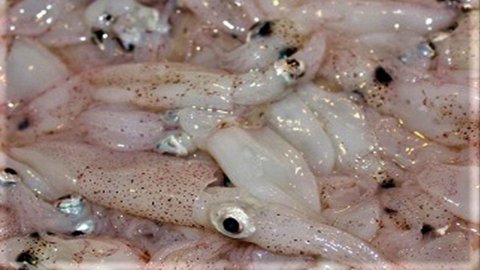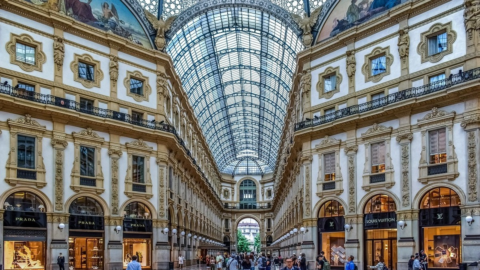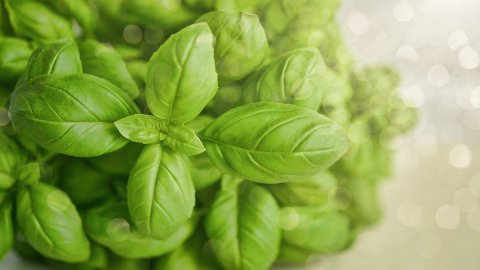Bulging eyes, no spine and ten tentacles: lo zotol it is a mollusk between squid and cuttlefish, much appreciated by the Venetians. The fishing method used as for most molluscs is that of trawling, at the center of numerous discussions relating to its environmental impact. For this reason, the small cuttlefish was chosen by Loris Indri of the Hotel Londra Palace in Venice for theArk of TasteThe project Slow Food aimed at safeguarding biodiversity and the culinary heritage at risk of extinction. It is an online catalog of over 5 thousand products that belong to the history and traditions of the whole world.
Zotol is not only good but also very healthy. Like almost all molluscs, these small cuttlefish are also low in fat as composed mainly of water, proteins and mineral salts such as phosphorus and selenium. Much loved in the kitchen, the "zotoi" are characterized by a tasty meat that is very soft after cooking. Preferred in frying together with small squids, zotolo can also be cooked in a stew, or again, together with other varieties of fish, in a soup as a soft base. It goes perfectly with pasta such as linguine, bavette or spaghetti. Also excellent in cold salads. As with most molluscs, however, the most complicated phase is cleaning: you have to deprive it of the eyes, entrails and suckers on the tentacles.
It is not very long, ranging from three to six centimeters in length, hardly exceeding 2,5 cm. It has a bag-like body from which the head protrudes, very protruding eyes and 10 tentacles all around the mouth. Two are longer, with two rows of suckers, while the others are shorter but with more suckers. The color is reddish tending to dark brown, but it varies according to the way in which the zotolo is hit by sunlight.
It is mostly found in the Mediterranean Sea and throughout the Adriatic sea, the zotolo tends to live in very sandy and shallow sea beds, often rich in aquatic vegetation up to 450 meters deep. It can also be fished in the North Atlantic Ocean. It feeds on small fish and crustaceans, but fishermen often use it as bait to capture larger prey.
Zotol is captured through the trawling, one of the most widespread methods in the world but also more harmful to the environment. In fact, during fishing the nets that scrape the seabed destroy and remove anything they encounter in their path: fish, invertebrates, corals, algae, sometimes turtles and so on. Everything that is fished and deemed "useless" is thrown back into the sea, even lifeless, leaving a devastated environment and destroying numerous organisms essential for the balance of the marine ecosystem. This is particularly serious in the case of complex ecosystems such as that of meadow of Posidonia oceanica, which can be completely destroyed even with a single pass. Furthermore, trawling causes between 0,6 and 1,5 gigatons of carbon emissions per year, while airplanes cause 1 gigaton per year, according to research in Nature.
For this reason, many countries have decided to remedy this. In Italy, for example, for several years it was decided to ban bottom trawling, i.e. within 3 nautical miles and on depths of less than 50 metres. Instead, in Europe the limitations were introduced only in 2019 by approving the ban (from 1 May to 31 July) on the use of trawl nets within 100 meters of depth and the reduction of fishing effort by 10% for 3 years.





